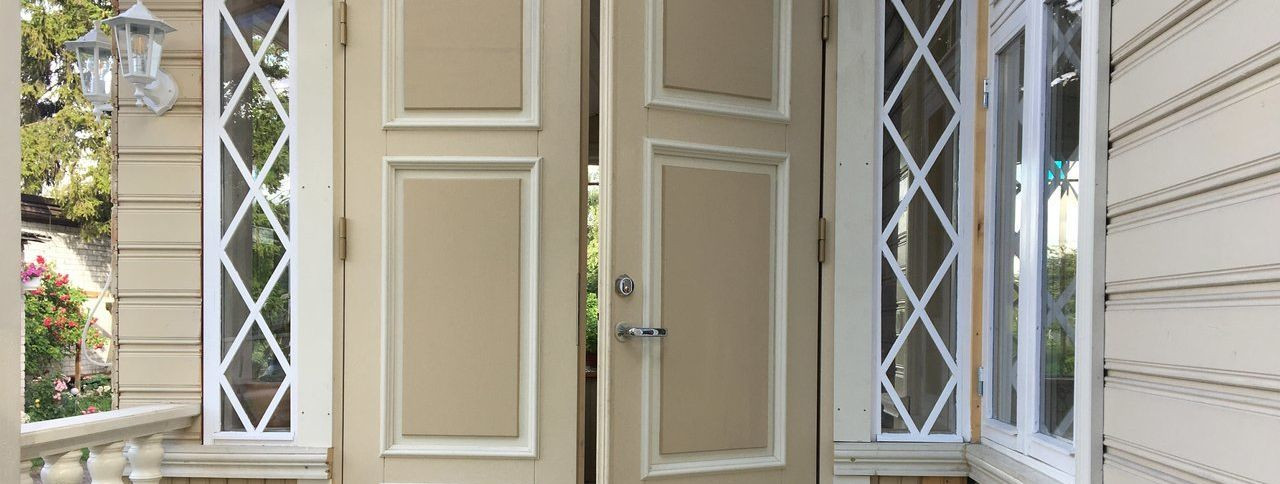Insulation installation: maximizing your home's energy efficiency
Insulation is a material designed to prevent the transfer of heat. It works on the principle of trapping air within its structure, creating a barrier that reduces the rate at which heat flows out of or into a building. This process helps maintain a consistent indoor temperature, leading to increased comfort and reduced energy consumption.
Effective insulation is critical for energy efficiency in homes. It minimizes the demand on heating and cooling systems, thereby reducing energy bills and contributing to a more sustainable environment.
Types of Insulation Materials
Fiberglass is a popular insulation material made from fine glass fibers. It's available in batts, rolls, and loose-fill forms and is known for its ease of installation and cost-effectiveness.
Cellulose insulation is made from recycled paper products and is treated with fire retardants. It's an eco-friendly option that can be blown into walls, attics, and other spaces.
Foam insulation includes materials like spray foam and rigid foam boards. Spray foam expands to fill cavities, creating an airtight seal, while rigid foam boards are excellent for insulating basements and exterior walls.
For those seeking sustainable building practices, natural insulation materials such as sheep's wool, cotton, and wood fibers are becoming increasingly popular due to their low environmental impact and biodegradability.
Insulation Installation Techniques
Batt and roll insulation are typically installed between studs, joists, and beams. They are suitable for areas with regular spacing and can be cut to fit irregular spaces.
Blown-in insulation is ideal for filling irregular spaces or for adding insulation over existing material. It requires specialized equipment and is often used in attics.
Spray foam is applied wet and expands into a thick foam that seals leaks and gaps. It's highly effective for creating an airtight building envelope.
Rigid foam boards are cut to size and installed in various parts of the home, including beneath siding, in basements, and on flat roofs.
Insulation for Different Areas of the Home
Proper attic insulation is crucial for preventing heat loss. It can be applied in various forms, including batts, rolls, or blown-in materials.
Wall insulation is essential for maintaining temperature and reducing noise. It can be installed during construction or retrofitted in existing homes.
Insulating basements and crawlspaces can prevent moisture problems and protect against heat loss.
Floor insulation helps to keep floors warm and reduce drafts, particularly in homes with raised foundations.
Best Practices for Insulation Installation
R-Values measure an insulation material's resistance to heat flow. The higher the R-Value, the better the insulation's effectiveness.
While insulation is important, proper ventilation should not be overlooked to prevent moisture buildup and ensure air quality.
Before installing insulation, it's crucial to address any moisture issues and air leaks to ensure the insulation performs effectively.
While some insulation projects can be DIY, complex installations or retrofitting should be handled by professionals to ensure safety and efficiency.






Comments (0)